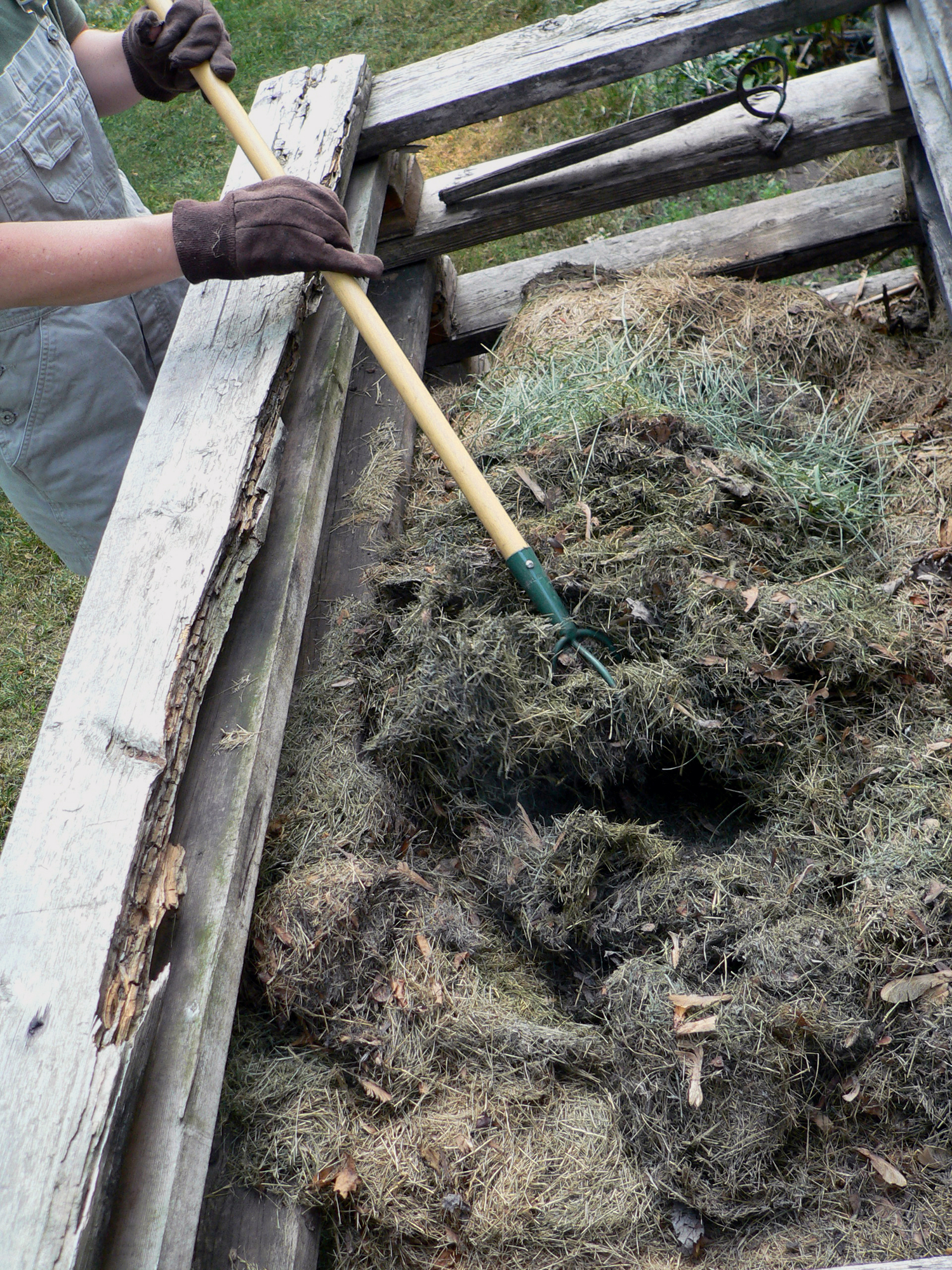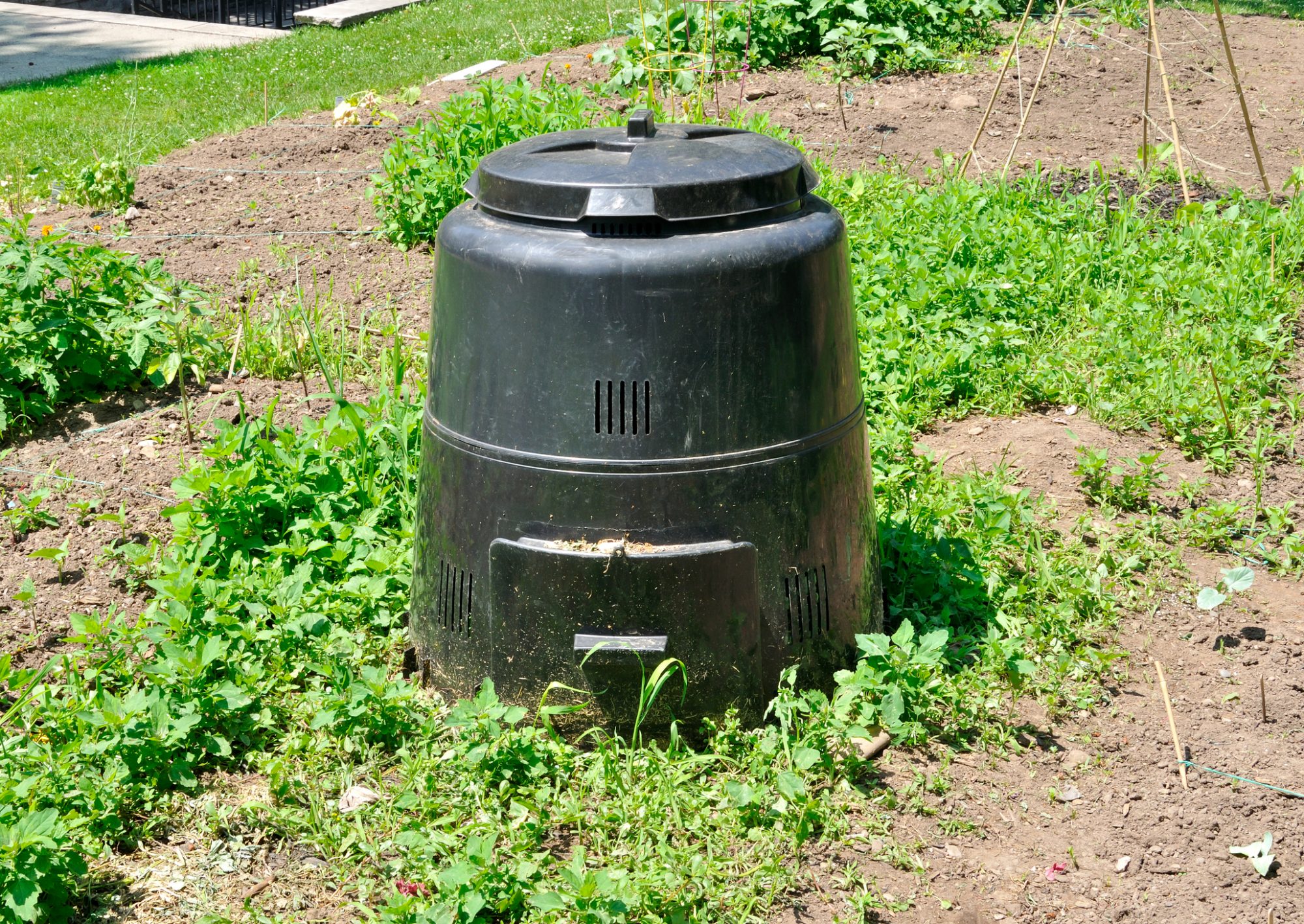saving the planet with food waste
Compost can boost global crop production and reduce methane emissions from landfills — and it can all start in your home with unwanted leftover food
Learning to compost is the most eco-friendly way to deal with kitchen and garden waste. It can be used as a soil conditioner and more by simply getting rid of unwanted food and garden waste.
Many homes or apartments have small gardens, which often does not encourage people to grow their own food or make their own compost. Leftover food and yard waste combined currently make up more than 30% of what we throw away – if they could be composted instead.

Gardeners and farmers add compost to soil to improve its physical properties, but you don’t have to be either to create your own sustainable food compost system. You can even use compost instead of soil to grow plants, since mature compost is a stable material with a content called humus.
Composting enriches the soil, which can help retain moisture and suppress plant diseases and pests. While reducing the need for chemical fertilizers, it also reduces methane emissions from landfill and improves your carbon footprint.
Overall, compost encourages the production of beneficial bacteria and fungi that break down organic matter to create humus, a rich nutrient-rich material. It is an all-natural way of disposing of food and plant matter that is returned to the environment.
Soil plays a crucial role in ensuring global food security
The simple process of composting
It starts with combining organic waste, like food scraps, yard waste, and manure (when possible) in the right proportions into heaps.
“Green waste” which includes uncooked food scraps, weeds and grass clippings should make up 25-50% and “brown waste” such as dry paper, dry leaves and cardboard should make up the rest. This is because green waste feeds microorganisms and brown waste ensures there is enough air and drainage to prevent a smelly mess.
Then add fillers, such as wood chips, to the mix as needed to speed up the breakdown of organic materials and allow the finished material to fully mature through a curing process.
Throwing food waste straight into a general bin can release methane emissions
A standard compost bin is about the same size as the garbage can you might have for your regular waste, it’s generally about a meter tall.
It requires a patch of grass or dirt to stand on as the bottom of the compost bin is open to the ground and you just add leftovers on top. These bins can keep all your biodegradable waste tidy, but compost can also be just a pile of trash and soil.
To get the compost going, throw in a handful of soil to allow the bacteria to work and periodically turn the handle to mix the compost.

Composting can start with a simple food waste bin
If you don’t want to do the full composting ritual, all you need is a food waste bin. Keep it on the kitchen counter to store your bowls, leftovers and used tea bags, then either set aside your food waste bin for collection (you may need to notify your local council) or, if you can compost, decant these every few days in an external compost bin.
What can be put in the food waste collection?
• All leftover food and plate scraps
• Baked goods such as bread, cakes and pastries
• Dairy products, eggs and eggshells
• Fruits and vegetables including raw and cooked vegetables and peels
• Stale or moldy food
• Raw and cooked meat or fish, including bones
• Tea bags and coffee grounds
What is not allowed in the food waste collection?
• Liquids such as milk and yoghurt – as they can leak and be spilled when transporting food waste
• Non-food items including diapers
• Packaging or plastic of any kind
Composting on a larger scale: the Precision Compost Strategy
UQ’s School of Agriculture and Food Sciences studied a different method of composting, conducted research and adopted a Precision Compost Strategy (PCS).
Professor Susanne Schmidt from UQ found that PCS in large-scale agriculture could improve crop yield and soil health and divert biowaste from landfills, where it generates harmful greenhouse gases, by analyzing over 2,000 examples of compost in the agricultural sector.
30% of the world’s agricultural soils are considered degraded
Professor Schmidt about the project: “Rather than just relying on mineral fertilizers, PCS is about supplementing the right type of compost with nutrients to meet the needs of soil and plants.
“Compacted and acidic soils are then aerated and neutralized. The result is that they can retain more water, encourage root growth, and feed the organisms that keep soil and plants healthy.”
The application of PCS in large-scale agriculture could mitigate climate change
Schmidt continued: “But currently 30% of the world’s agricultural soils are classified as degraded and by 2050 this could increase to 90%, which is projected to be 4% of current production.” This has a positive impact on consumers by addressing food shortages and price increases.
“In Australia alone, more than 7 million tonnes of bio-waste ends up in landfills each year, generating huge amounts of avoidable greenhouse gases and other undesirable effects. If we reuse it, we can restore the crucial carbon in the farmland. There are also cost benefits – diverting just 15,000 tons of biowaste could save a local government up to $2-3 million per year.”
Here are some top tips you can use to slowly but surely reduce food waste #foodwastehttps://t.co/a5dEztMFJ1
— Open Access Government (@OpenAccessGov) September 7, 2022
references
https://www.rhs.org.uk/soil-composts-mulches/composting
https://www.epa.gov/sustainable-management-food/reducing-impact-wasted-food-feeding-soil-and-composting
https://www.ecoandbeyond.co/articles/composting-food-waste/
https://toogoodtogo.com/en-us/movement/knowledge/where-does-food-waste-go-in-the-end